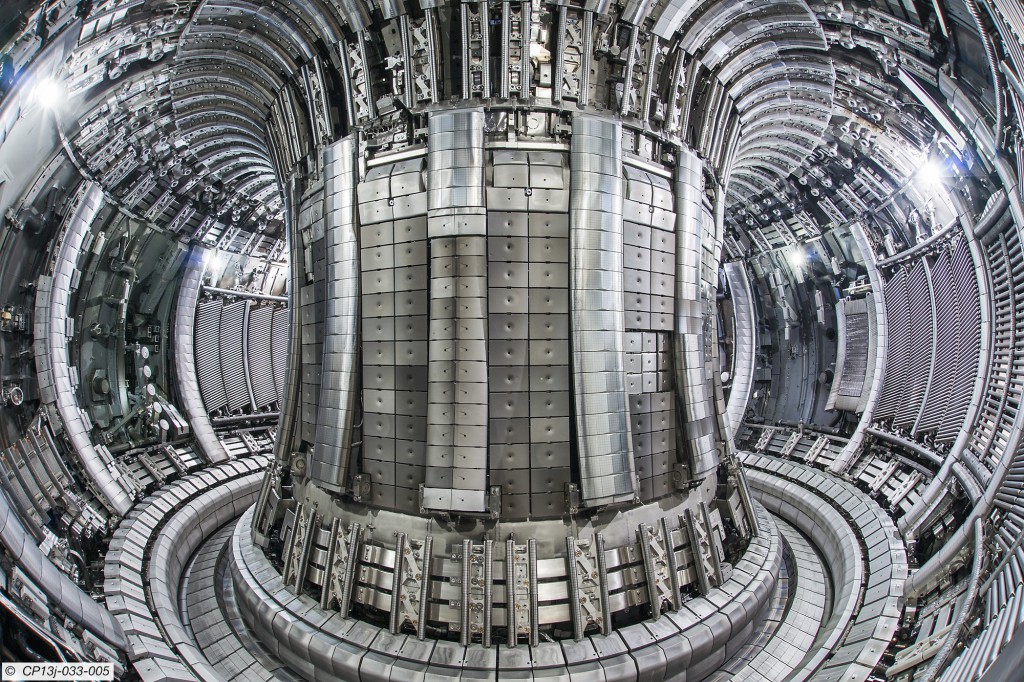I dunno, maybe because most of the money seems to get siphoned off for the biggest, most cumbersome, complex, and costly (the 3-Cs of most fusion research) schemes and machines money can buy (and the bloated scientific staffs that build them) to solve what is essentially a simple challenge?
Why Nuclear Fusion Is Always 30 Years Away.
Fusion, at its core, is a simple concept. Take two hydrogen isotopes and smash them together with overwhelming force. The two atoms overcome their natural repulsion and fuse, yielding a reaction that produces an enormous amount of energy.
But a big payoff requires an equally large investment, and for decades we have wrestled with the problem of energizing and holding on to the hydrogen fuel as it reaches temperatures in excess of 150 million degrees Fahrenheit. To date, the most successful fusion experiments have succeeded in heating plasma to over 900 million degrees Fahrenheit, and held onto a plasma for three and a half minutes, although not at the same time, and with different reactors.
The most recent advancements have come from Germany, where the Wendelstein 7-X reactor recently came online with a successful test run reaching almost 180 million degrees, and China, where the EAST reactor sustained a fusion plasma for 102 seconds, although at lower temperatures.
Still, even with these steps forward, researchers have said for decades that we’re still 30 years away from a working fusion reactor. Even as scientists take steps toward their holy grail, it becomes ever more clear that we don’t even yet know what we don’t know.
Meanwhile, somebody with an original idea like Doug Coulter on a substantially smaller scale runs a one-man shop out in the woods, doing everything (more or less) by himself. We’ll probably see a better result than the billions being spent on the 3-Cs.
So, yeah, fusion will be 30 years in the future… until it isn’t.

